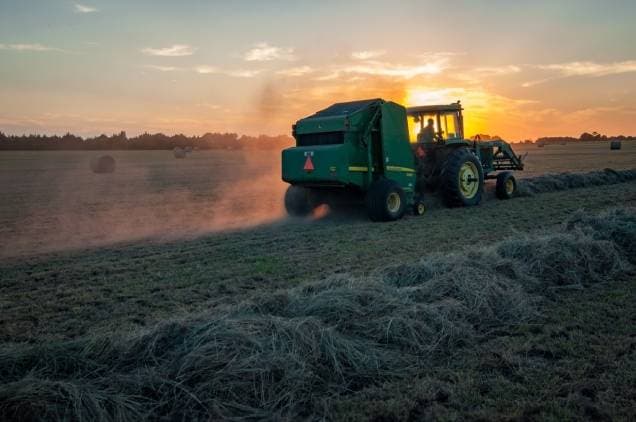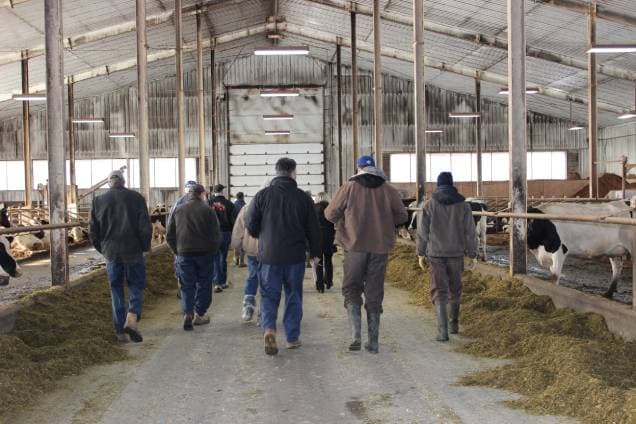Knesha Rose-Davison, the Public Health Program Director for the AgriSafe Network presented a webinar on Zoonotic Disease and Pregnancy: A deeper Dive on May 19, 2021. The webinar focused on common zoonotic diseases, discussing their warning signs and symptoms, modes of transmission, and prevention and how it affects reproductive health with a focus on the effects of pregnant farmers.
Zoonotic diseases are caused by pathogenic agents such as bacteria virus, fungi and parasites that can be spread between animals and people. Zoonotic diseases can affect women who work in agriculture to include farmers, vets & vet techs, animal husbandry providers, slaughterhouse workers, meat processing workers, researchers, etc.
LISTERIOSIS (BACTERIAL)
- Listeriosis is a serious infection usually caused by eating food contaminated with bacterium listeria monocytogenes.
- The infection is most likely to sicken pregnant women and their newborns, adults aged 65 or older and people with weakened immune systems.
- Foods that can be contaminated with listeria include:
- Unpasteurized milk and dairy products
- Soft cheese made with unpasteurized milk
- Raw fruits and vegetables
- Deli meats and hot dogs
- Pates and meat spreads
- Refrigerated smoked seafood
- Pregnant Women infected with Listeria
- 10 x more likely than other people to become infected
- Pregnant Hispanic women 24 x more likely thank other people to become infected
- Pregnant women can pass infection to unborn babies
- Cause miscarriages, stillbirths, and pre-term labour
- Cause serious illness and even death in newborns.

Prevention:
The occupational prevention & protection methods for each of the six zoonotic diseases discussed are relatively the same and easy to implement on farm.

PROPER HANDWASHING
We have learned throughout the pandemic that washing hands for at least 20 seconds is key in preventing infection, but also key in preventing the illnesses listed above. There are many infographics on washing hands but few that tell us when to wash hands. Take a look at the list below for suggestions on when to wash hands to help prevent infection.

Reference:
Centre for Disease Control and Prevention, National Center for Emerging and Zoonotic infectious Disease, Division of High-Consequence Pathogens and Pathology: https://www.cdc.gov/onehealth/index.html



